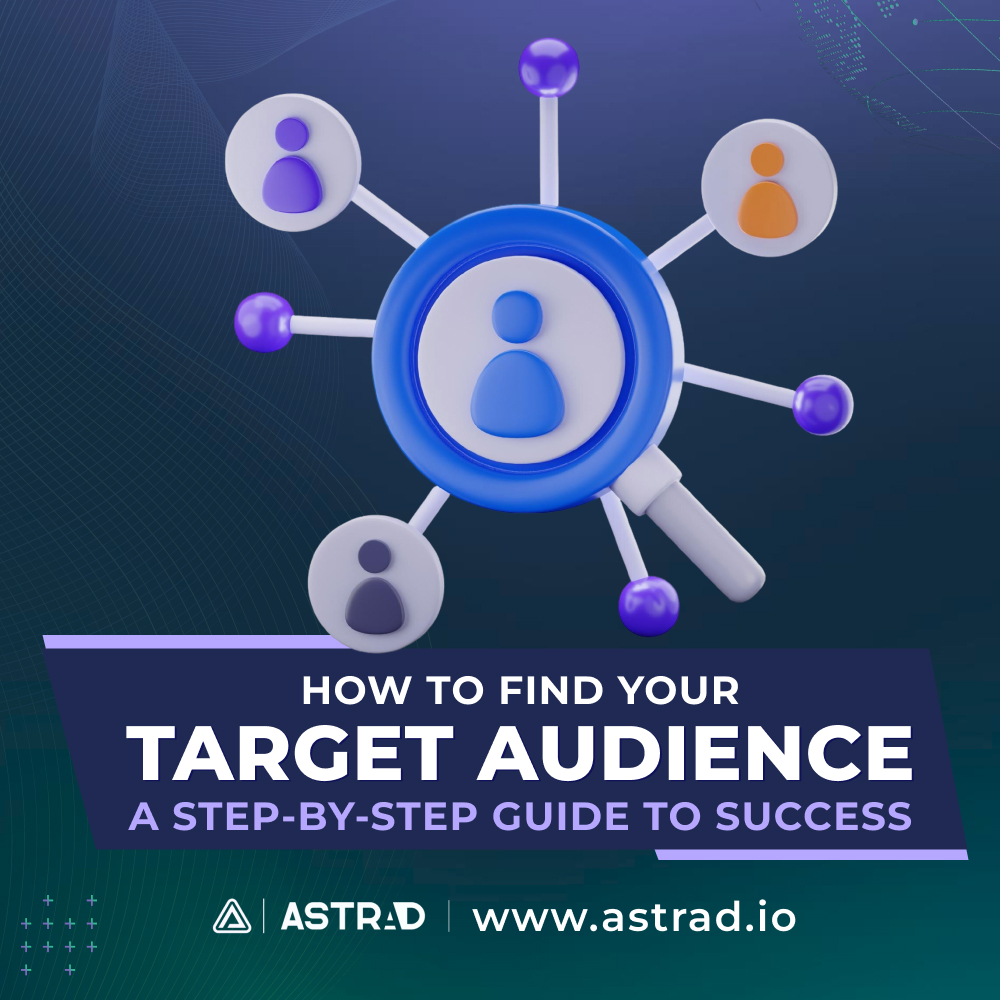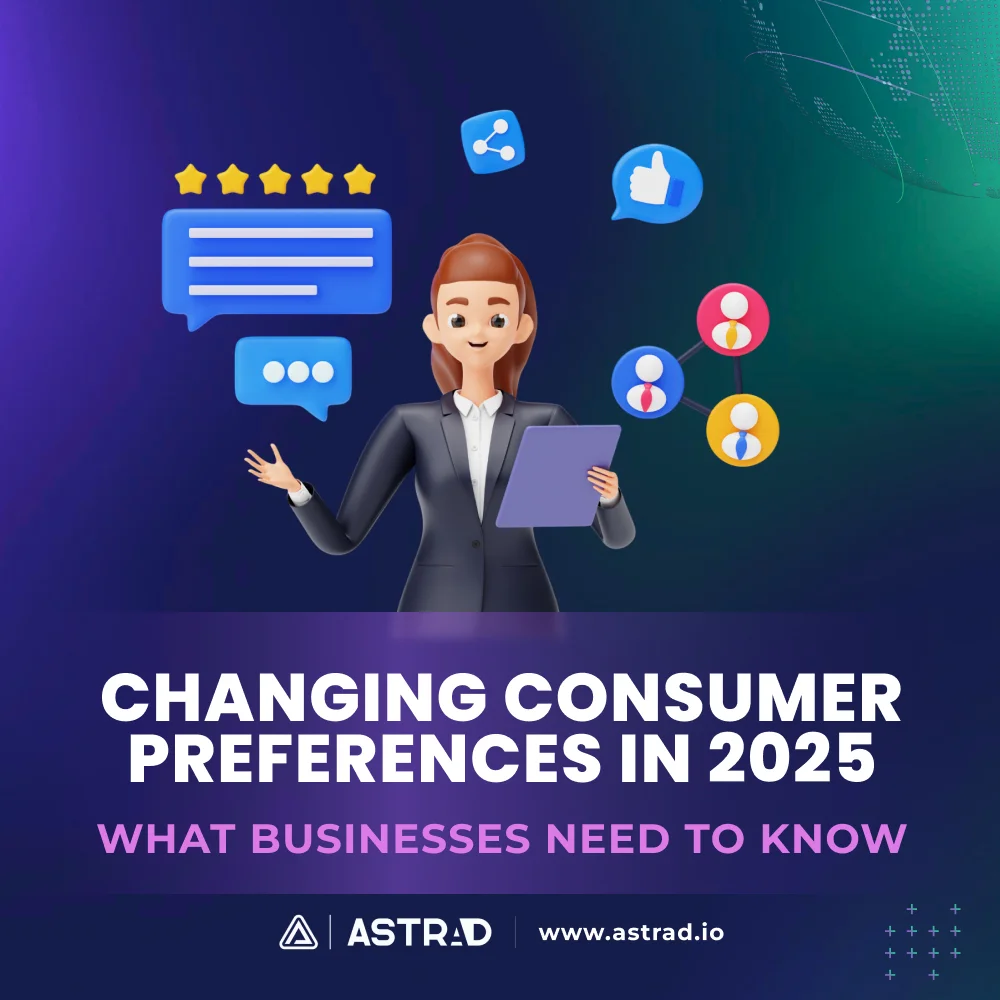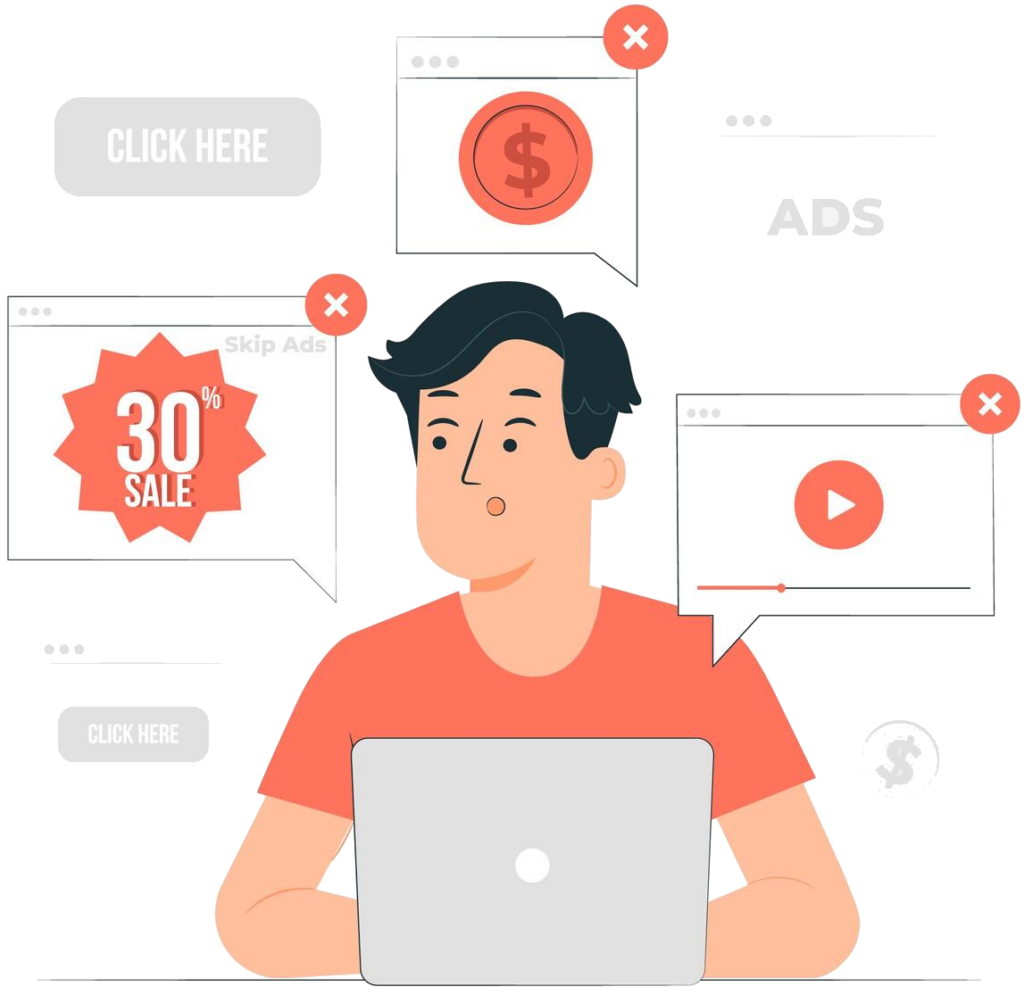In marketing, shooting in the dark won’t get you results. Spray-and-pray tactics might have worked in the past, but today, if you’re not targeting the right people, you’re wasting time and money. Knowing your target audience is the game-changer that separates successful brands from those struggling to stay afloat.
Yet, many businesses fall into the same trap: they define their audience too broadly, assume everyone is a potential customer, or rely on gut feelings instead of data. The result? Low engagement, wasted ad spend, and campaigns that fizzle out.
If you want marketing that actually converts, you need to dig deep. In this guide, we’ll take you through a step-by-step process to identify, analyze, and refine your ideal audience so that your brand attracts the right customers, not just any customers. Let’s get started.
Why Your Target Audience Matters (And Where Most Businesses Get It Wrong)
Let’s talk about why finding your target audience can be a total game-changer. Think about it – shooting marketing messages into the void, hoping they’ll stick somewhere. That’s so last decade. Understanding the target audience transforms everything from where money gets spent to how messages connect with potential customers.
A well-defined target audience changes the whole marketing game. Instead of throwing money at random channels hoping something works, companies can put their cash exactly where it counts. When marketing dollars hit the right eyeballs, ROI goes through the roof, and conversion rates skyrocket.
Here’s the real kicker – knowing the target audience does more than just boost sales. When businesses speak the same language as their customers and really get their needs, they build the kind of loyalty that turns casual browsers into raving fans. In today’s world of personalized everything, that’s what makes brands stand out from the crowd.
Common Mistakes Businesses Make
Here’s where many companies drop the ball when finding a target audience:
- Playing the “everyone’s our customer” game. Spoiler alert: they’re not. Trying to please everyone usually means pleasing no one.
- Going with gut feelings instead of actual data. Sure, intuition is great, but nothing beats solid research when it comes to understanding who really wants to buy.
- Taking the lazy route with one-size-fits-all messages. Different folks need different strokes – ignoring this just leads to marketing that falls flat.
Skip these rookie mistakes, and focus on really getting to know the target audience. That’s how marketing stops being a money pit and starts becoming a proper investment in growth. After all, when the right message hits the right person at the right time? That’s when business gets interesting.
What Is a Target Audience in Marketing?
Your target audience is the specific group of people most likely to buy your product or service. They share common characteristics—such as demographics, behaviors, and interests—that make them prime candidates for conversion.
Understanding the Differences: Target Audience vs. Buyer Persona vs. Ideal Customer Profile
- Target Audience: The broad segment of people who make ideal customers. These are the folks who share common traits and behaviors that make them more likely to need and want what’s being sold. They’re the big-picture view of potential customers who might be interested in the product or service.
- Buyer Persona: This goes deeper than just basic demographics. A buyer persona creates a detailed story of an ideal customer – complete with name, job, daily challenges, and dreams. It’s like creating a character profile that helps understand exactly what makes potential customers tick, what keeps them up at night, and what solutions they’re desperately seeking.
- Ideal Customer Profile (ICP): The business world’s version of a perfect match. Used mainly in B2B marketing, ICP zeros in on the exact type of company that would benefit most from the product or service. It considers things like company size, industry, budget, and specific business challenges that need solving.
Understanding these differences allows for more precise marketing and sales strategies, ensuring that you reach the right people with the right messaging.
How to Find Your Target Audience: A Step-by-Step Guide
Let’s talk about finding your target audience – and no, it’s not as complicated as rocket science! Think of it like finding your tribe. You know, those people who’ll actually get excited about what you’re offering instead of scrolling right past.
The whole process of how to find target audience groups might seem overwhelming at first, but breaking it down makes it totally manageable. Plus, when you nail this part, everything else in your marketing just flows better – from your social media posts to your email campaigns.
Step 1: Start with the Fans You Already Have
Here’s a mind-blower – the secret to finding a target audience is probably hanging out in your customer list right now. Those repeat customers who can’t get enough of your stuff? They’re literally walking, talking blueprints of your ideal audience. It’s like having a cheat sheet for finding your target audience right there in your database. The cool thing is that these people have already voted for your brand with their wallets, so they’re the perfect starting point.
- Dig into the basics: age, location, how much they make – you know, the usual suspect stuff
- Watch how they behave: when they buy, what catches their eye, their shopping patterns, what makes them click ‘buy now’
- Actually ask them what’s up: surveys, feedback, or just casual chats – people love sharing their thoughts, especially about brands they dig
Step 2: Play Detective
Finding your target audience means getting a bit nosy (in a good way). Time to channel your inner Sherlock and figure out what makes potential customers tick. And honestly? This part can be pretty fun if you approach it with curiosity. Think of it as getting to know the characters in your brand’s story.
- Chat with current and potential customers – buy them a coffee and pick their brains about what they love and hate about products like yours
- Snoop on your competitors (legally, of course) – who are they talking to, and what’s working? What gaps are they leaving that you could fill?
- Dive into industry reports – yeah, they can be boring, but they’re gold mines of info about trends and behaviors you might not have noticed
Step 3: Break It Down
Not all customers are built the same – and that’s totally cool! When you’re learning how to find target audience segments, think about splitting them into groups that make sense. This isn’t about putting people in boxes; it’s about understanding the different ways people might connect with your brand.
- Demographics: The basic stuff – age, gender, wallet size, education, location, job title
- Psychographics: The juicy bits – what they love, hate, and dream about, their values, lifestyle choices, and what keeps them up at night
- Behavioral Traits: How they shop, what they click, where they hang out online, their buying habits, and content preferences
Step 4: Create Your Dream Customer Profiles
This is the fun part of how to find your target audience – it’s like creating characters for your own marketing story. The more real these personas feel, the easier it’ll be to create content and messages that actually resonate. Think of them as real people you’re getting to know, not just data points on a chart.
- Give them names (yes, really) and make them feel like real people with real lives and real problems
- Figure out what keeps them up at night and what makes them happy – the deeper stuff that really drives decisions
- Map out their goals and what they’re trying to achieve, both short-term and long-term dreams
- Know where they hang out online and what content they dig – their favorite social platforms, websites, and media
Step 5: Get Nerdy with the Numbers
Finding a target audience these days means playing with some pretty cool digital tools. Don’t let the tech stuff scare you – these tools are actually super helpful in confirming (or busting) your hunches about who’s interested in your stuff.
- Use Google Analytics to see who’s actually showing up – where they’re coming from, what they’re looking at, how long they stick around
- Check social media to see what makes people stop scrolling – which posts get engagement and which ones crickets
- Look at your ad data to see who’s actually clicking and converting – sometimes, your real audience might surprise you
Step 6: Test, Tweak, Repeat
Here’s the deal – finding your target audience isn’t a “set it and forget it” kind of thing. It’s more like a recipe you keep tweaking until it’s just right. Markets change, people change, trends come and go – and your understanding of your audience should evolve, too.
- Try different stuff with different groups to see what sticks – test messages, offers, and content types
- Update your message when something’s not hitting right – if engagement drops, it might be time to refresh your approach
- Keep an eye on what people are saying and how they’re reacting – social media comments, reviews, and customer service conversations are gold mines of insight
Bottom line? Finding a target audience is really about getting to know the people who’ll love what you’re offering. It’s like building a friendship – you’ve got to pay attention, listen more than you talk, and be ready to adapt as things change. Keep it real, stay curious, and don’t be afraid to switch things up when needed. After all, the best marketing feels less like being sold to and more like having a conversation with someone who gets you.
Finding Your Target Audience Is an Ongoing Process
Here’s the thing about finding your target audience – it’s one of those game-changing moves that can transform how your marketing performs. When businesses really get who their ideal customers are (like, really get them), something magical happens. Campaigns start hitting differently. Customer engagement goes through the roof. And that marketing budget? It actually starts working harder instead of just disappearing into the void.
But let’s be real – finding your target audience isn’t like checking a box and calling it done. People change. Markets shift. That hot new trend everyone’s talking about today? Might be old news tomorrow. That’s why smart businesses keep their finger on the pulse, watching how their customers evolve and tweaking their strategy when something’s not quite hitting the mark.
Think of it like tending a garden – you don’t just plant it and walk away. The businesses that get this? They’re the ones that keep growing while others wonder why their marketing feels stuck. So take this guide, make it your own, and start really getting to know your audience. Because when you nail this part? Everything else just falls into place.






